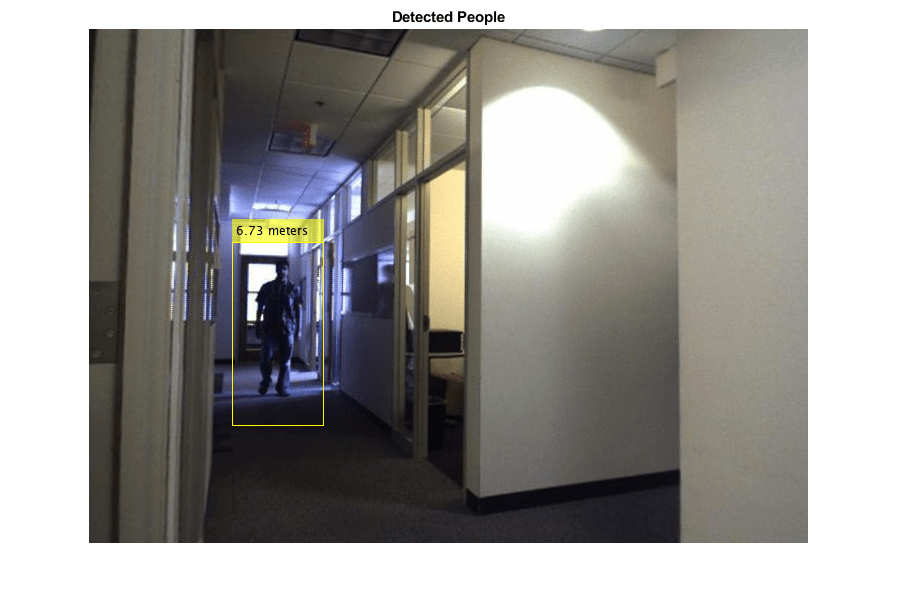立体视觉
立体视觉是侦察的过程vering depth from camera images by comparing two or more views of the same scene. The output of this computation is a 3-D point cloud, where each 3-D point corresponds to a pixel in one of the images.
Stereo image rectification projects images onto a common image plane in such a way that the corresponding points have the same row coordinates. This process is useful for stereo vision, because the 2-D stereo correspondence problem reduces to a 1-D problem. As an example, stereo image rectification is often used as a preprocessing step for computing disparity or creating anaglyph images.

Apps
| Camera Calibrator | Estimate geometric parameters of a single camera |
| Stereo Camera Calibrator | Estimate geometric parameters of a stereo camera |
Functions
Topics
- Coordinate Systems
Specify pixel Indices, spatial coordinates, and 3-D coordinate systems
- Using the Stereo Camera Calibrator App
Calibrate a stereo camera, which you can then use to recover depth from images.


